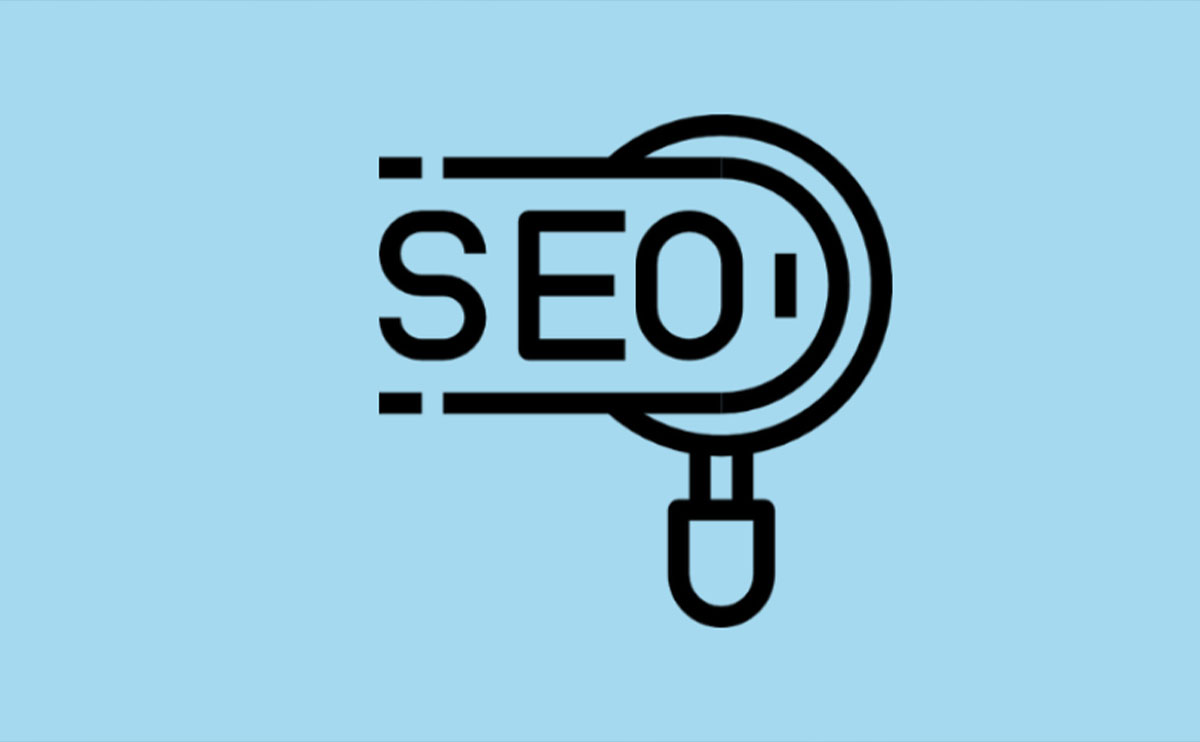SEO means Search Engine Optimization and is the process used to optimize a website’s technical configuration, content relevance and link popularity so its pages can become easily findable, more relevant and popular towards user search queries, and as a consequence, search engines rank them better.
Search engines recommend SEO efforts that benefit both the user search experience and page’s ranking, by featuring content that fulfills user search needs. This includes the use of relevant keywords in titles, meta descriptions, and headlines (H1), featuring descriptive URLs with keywords rather than strings of numbers, and schema markup to specify the page’s content meaning, among other SEO best practices.
Search engines help people find what they’re looking for online. Whether researching a product, looking for a restaurant, or booking a vacation, search engines are a common starting point when you need information. For business owners, they offer a valuable opportunity to direct relevant traffic to your website.
Search engine optimization (SEO) is the practice of orienting your website to rank higher on a search engine results page (SERP) so that you receive more traffic. The aim is typically to rank on the first page of Google results for search terms that mean the most to your target audience. So, SEO is as much about understanding the wants and needs of your audience as it is about the technical nature of how to configure your website.
Here are the basics.
How do search engines work?
Search engines provide results for any search query a user enters. To do so, they survey and “understand” the vast network of websites that make up the web. They run a sophisticated algorithm that determines what results to display for each search query.
Why SEO focuses on Google
To many people, the term “search engine” is synonymous with Google, which has about 83% of the global search engine market. Because Google is the dominant search engine, SEO typically revolves around what works best for Google. It’s useful to have a clear understanding of how Google works and why.
What Google wants
Google is designed to deliver the best search experience to its users, or searchers. That means providing the most relevant results, as quickly as possible.
The 2 core elements of the search experience are the search term (the user input) and the search results (the output).
Let’s say you search “Mailchimp guides and tutorials.” This is a clear, unambiguous search. Google understands what you’re asking for, and it delivers a useful page as the top organic result—Mailchimp’s own page.
From Google’s perspective, this is a very good search result and a positive user experience, because it’s likely that the user will click the top result and be happy with the outcome.
How Google makes money
Google profits from people trusting and valuing its search service. It achieves this by delivering useful search results.
Google also provides businesses with the opportunity to pay for an advertorial placement at the top of search result pages. The word “Ad” indicates these listings. Google makes money when searchers click on these pay-per-click (PPC) advertisements, which you purchase through Google Ads. You’ll see these ads on more generic queries in particular.
Other than the small label, these search results look almost indistinguishable from other search results. Of course, this is intentional, as lots of users click on these results without realizing that they’re ads.
This is what Google counts on. Advertising revenues accounted for more than 80% of the $279.8 billion that Google generated in 2022. So while search functions remain its core product, it depends on its advertising business.
The anatomy of search results
SERPs consist of paid search results and “organic” search results, where the organic results don’t contribute to Google’s revenue. Instead, Google delivers organic results based on its assessment of a site’s relevance and quality. Depending on the type of search query, Google will also include different elements on the SERP, like maps, images, or videos.
The volume of ads on a SERP depends on what users have searched. If you were to search the word “shoes,” for example, you’d likely find a substantial number of the top results are ads. In fact, you’ll probably have to scroll down the page to find the first organic result.
A query like this usually generates so many ads because there’s a strong chance that the searcher is looking to buy shoes online, and there are lots of shoe companies willing to pay for a feature in the AdWords results for this query.
On the other hand, if you search for something like “Atlanta Falcons,” your results will be different. Because this search is mostly tied to the professional American football team by that name, the top results relate to that. But it’s still a less clear query. You’ll find news stories, a knowledge graph, and their homepage. These 3 kinds of results at the top indicate that Google doesn’t know the precise intention of your search, but provides quick pathways to learn about the team, read their latest news, or go to their website.
Since there appears to be no purchase intent behind the query, advertisers are not willing to bid for the keyword, so there are no AdWords results.
However, if you change the query to “Atlanta Falcons hat,” which signals to Google that you might be shopping, the SERP results change to feature more sponsored results.
